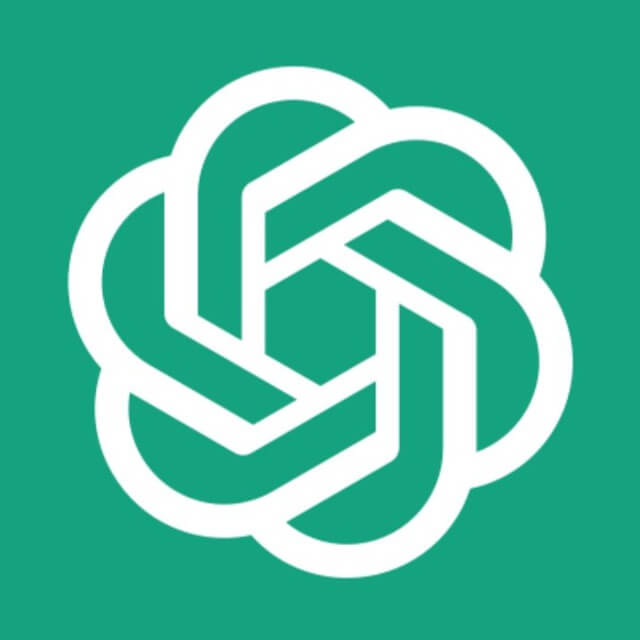Price Data
Analysis
Trade
Market Cap
All-Time High
All-Time Low
Fully Diluted Valuation
Circulating Supply
Total Supply
Categories
Performance since ICO
| Currency | USD | BTC | ETH |
|---|---|---|---|
| ROI | 825% | -16% | -36% |
UMA Protocol: An Introduction to Universal Market Access
UMA, short for Universal Market Access, is a decentralized financial contracts platform built on the Ethereum blockchain. It enables the creation of synthetic assets, which are digital representations of real-world assets, such as stocks, commodities, and other financial derivatives. UMA's goal is to provide universal access to financial markets by bridging the gap between traditional finance and decentralized finance (DeFi).
Key Points:
- UMA is a decentralized financial contracts platform on Ethereum.
- It creates synthetic assets, allowing users to access financial derivatives without holding the underlying assets.
- The protocol promotes fair and open markets for DeFi products.
How UMA Works?
UMA allows users to design and create self-executing financial contracts, secured by economic incentives, and run them on the Ethereum blockchain. These financial contracts, known as "priceless financial contracts," eliminate the need for frequent on-chain price feeds and are only invoked in the event of a dispute.
Key Steps in UMA's Process:
- Synthetic Token Creation: Users can deposit collateral (usually ETH or DAI) to create synthetic tokens that represent real-world assets or financial derivatives.
- Price Identifier: UMA token holders determine a unique price identifier to track the underlying asset's price.
- Expiration Date: Each contract has an expiry date, after which the synthetic token becomes redeemable for the underlying asset at the specified price.
- Dispute Resolution: If there's a dispute or an "ad hoc market event," a decentralized oracle service, known as the Optimistic Oracle, comes into play to resolve the issue.
UMA Protocol: Empowering Decentralized Finance
UMA's protocol facilitates the creation of various DeFi products by providing unrestricted access to financial risk. It eliminates barriers to entry for different financial markets, enabling any individual, entity, or DAO to access customised and bespoke risk exposure without centralization.
Key Features of UMA Protocol:
- Access to Short-Selling and Leverage: UMA enables users to engage in short-selling and leverage within the DeFi ecosystem.
- Self-Policing Margin Accounts: The UMA Protocol uses smart contracts to implement self-policing margin accounts, ensuring fair and trustless transactions.
- User Control: Users have complete control over the terms of their economic exposure.
The UMA Oracle System
UMA's decentralized oracle service consists of two main components: the Optimistic Oracle Service (OOS) and the Data Verification Mechanism (DVM). The Optimistic Oracle Service optimistically verifies data quickly and acts as the first layer of escalation in the event of a dispute. The DVM handles disputes and liquidations, settling synthetic tokens after their expiration.
Key Steps in the Oracle System:
- Optimistic Oracle Service (OOS): It quickly verifies data and only invokes the DVM when there's a dispute.
- Data Verification Mechanism (DVM): In case of disputes, the DVM proposes a vote to UMA tokenholders to determine the correct asset price at a given timestamp.
The UMA Governance Token (UMA)
UMA has its governance and utility token called UMA. It plays a critical role in securing the smart contracts and maintaining the oracle's price verification. The UMA token is used for voting on various proposals, such as price disputes and approving new cryptocurrencies as contract collaterals.
Key Points about UMA Token:
- UMA is the governance and utility token of the UMA protocol.
- It is used for voting on governance proposals and maintaining the integrity of the system.
- UMA tokens represent voting power proportional to the amount held.
The Creators of UMA
UMA was co-founded by Hart Lambur and Allison Lu, both of whom have financial backgrounds. They launched UMA in 2018 with a vision to bring universal market access to global citizens. Since then, UMA has gained traction and seen increased adoption in the DeFi space.
Key Figures:
- Hart Lambur: Co-founder and CEO of UMA.
- Allison Lu: Co-founder of UMA.
Current and Upcoming Projects
UMA is constantly evolving, and several projects are either ongoing or in the pipeline. Some of the current and upcoming projects within the UMA ecosystem include:
- Outcome: A DAO tooling platform built on UMA that supports KPI Options, Success Tokens, and optimistic governance.
- Across: A cross-chain asset bridge secured by UMA, enabling seamless movement of assets between different blockchain networks.
- Additional Synthetic Tokens: UMA is exploring the creation of new synthetic tokens, representing various real-world assets and financial derivatives, to expand the range of DeFi products available on the protocol.
The Future of UMA
As the global derivatives market continues to grow, UMA has a significant opportunity to recreate a substantial portion of these markets onto the Ethereum ecosystem. The success of UMA is closely tied to the scaling upgrades of Ethereum and its adoption on various EVM-compatible chains like Polygon.
However, regulatory challenges and the stance of central banks toward decentralized assets could present obstacles to UMA's growth. Nevertheless, UMA remains committed to providing universal market access and expanding its community in the future.
UMA Price Analysis
As of April 9 2025 UMA has a marketcap of $121,353,337.00. This is {{percentagefromath}} from its all time high of $41.56. In terms of its tokenomics, there's a total supply of 123,914,626.288 with 69.4% currently outstanding. Keep in mind UMA has a fully diluted value of $174,873,214.00 which many investors might interpret as overvalued.
Of course, don’t trust price predictions alone, always check the Coinrotator token screener to follow the trending market.

UMA Markets
| Exchange | Pair | 24h volume |
|---|---|---|
No data | ||